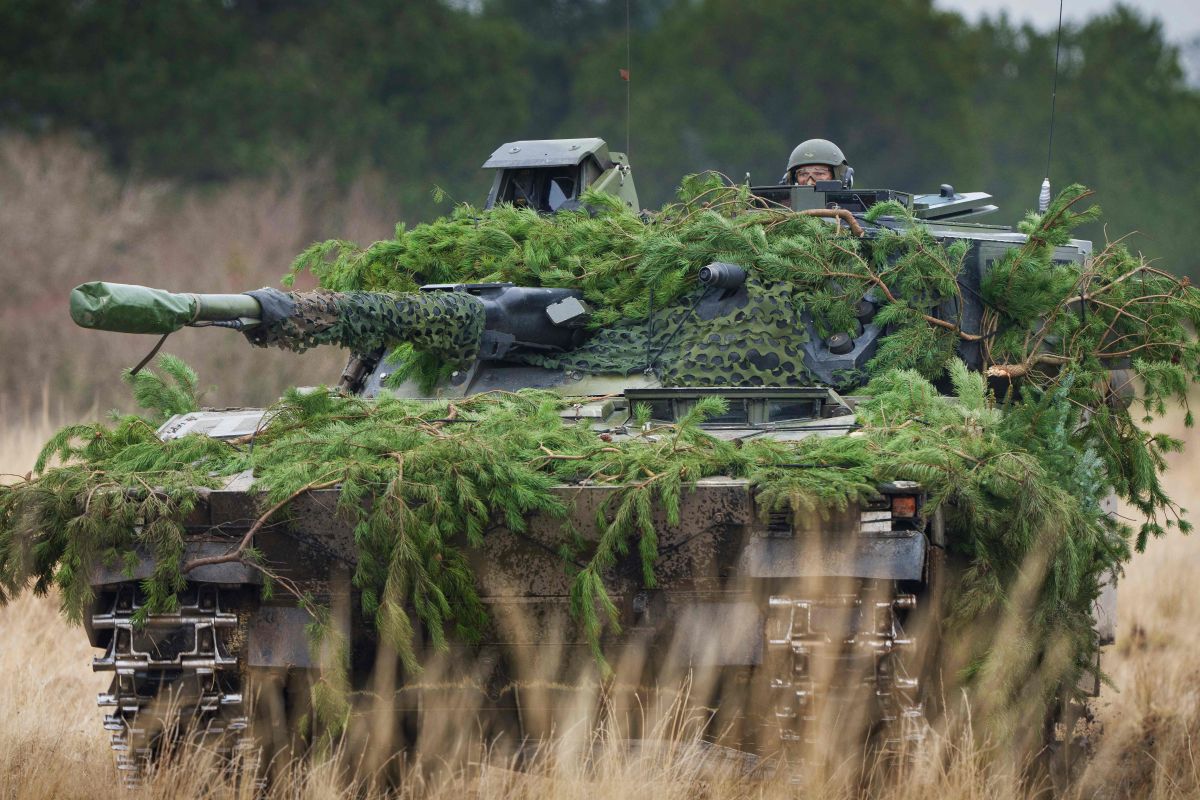The European Union has allocated some 332 million dollars for the purchase of weapons, including anti-aircraft defense systems, anti-tank weapons, ammunition and other military equipment for the Ukrainian armed forces.
Others 50 Millions of euros will be used to provide supplies such as fuel, protective equipment, helmets and first aid kits.
As the EU treaties do not allow it to use its regular budget for military purposes, the bloc is activating a so-called European Fund for Peace that allows it to provide military aid up to a limit of 5,000 millions of euros.
This comes after a paradigm shift in Germany’s defense policy following Russia’s armed aggression against Ukraine. This manifested itself in the decision to supply weapons to Ukraine, including 1,000 anti-tank weapons and 500 “Stinger” class surface-to-air missiles, thus reversing its ban on supplying lethal weapons to a war zone.
The United States is also stepping up its shipments and providing 350 millions of dollars (313 millions of euros) in additional military aid, including Javelin anti-tank missiles, Stinger anti-aircraft missiles, small arms and ammunition.
This brings the total military aid to Ukraine at 1, million dollars in the last year and more than 2,500 million from 2014.
Logistical challenges in shipping supplies
While this is a huge backing for Ukraine in its effort to repel Russian forces, there are concerns about logistics and potential obstacles. The questions revolve around the calendar and the routes.
Until now, Western military aid has been delivered by land or by air, depending on the type of weapon.
But the airspace over Ukraine is now controlled by Russian fighters that could intercept shipments “predominantly by air and missile strikes.”
If they know the routes, they can monitor them and look for the specific means of transport,” Gustav Gressel, an expert on Eastern Europe and defense policy at the European Council on Foreign Relations, told DW.
The prospect of such an interruption puts Poland in the spotlight, which shares a border of 332 miles with Ukraine. The responsibility of Poland increases after the refusal of Hungary and Romania to allow the transit of weapons through their countries.

 Supply is essential for Ukraine. (Photo: Bo Amstrup / Ritzau Scanpix / AFP)
Supply is essential for Ukraine. (Photo: Bo Amstrup / Ritzau Scanpix / AFP)
The role of Poland
“All this The team is basically concentrating on the Polish border at the moment. Even if Slovakia wanted to, it is not an easy route due to the geography of the mountain ranges that run from Slovakia to Romania.
So there are two routes: one is close to the Belarusian border and then there is another slightly to the south,” Ed Arnold, European Security Researcher at the Royal United Services Institute, a think tank based in London.
Marc Finaud, Head of Arms Proliferation at the Center for Security Policy in Geneva, points out that the dynamic on the ground could change very quickly . “If these convoys or transports were to stop – if Western countries are attacked, whether within NATO or already on the border with Ukraine – that could increase tensions and escalate.”
Time is of the essence
The other crucial factor is time, which it is rapidly running out for reinforcements to reach the Ukrainian forces in Kiev and Kharkov. potentially isolated if they don’t move west of the Dnieper River soon. They will need resupply because they are fighting the heaviest fighting and they are the best Ukrainian troops in the 95 th Air Assault Brigade”.
So, is there any other way of getting Western weapons systems to the front lines in Ukraine? “The other possibility is that Ukrainian or foreign fighters can pick up war material in Poland and then go over the border, but that’s not in large numbers,” Arnold said.
At this point, the The danger of running out of ammunition supplies is critical, says Arnold. “There are maybe five days of ammunition left for the heavier systems the Ukrainians have. The other option they have is to capture the abandoned Russian weapons, which will sustain them for a while, but not much.”
With information from DW.
Also read:
· What are the thermobaric weapons with which Russia would have attacked Ukraine?
· The United States expels 03 Russian UN diplomats for espionage
· What is SWIFT and what does an expulsion of Russia from that payment system mean?
